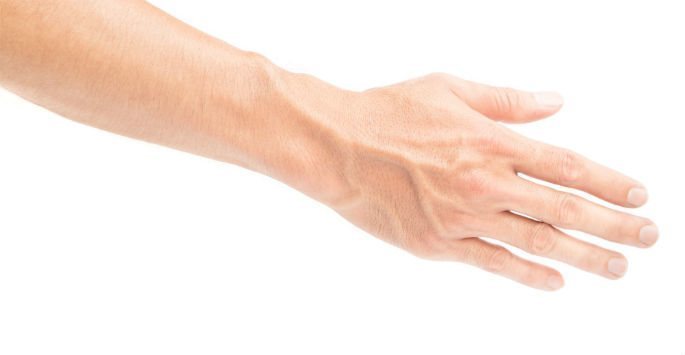Tennis elbow (lateral epicondylitis) is a painful medical condition that is caused when the tendons in your elbow become inflamed and overworked. Despite its name, many people get tennis elbow without ever playing the sport. Any repetitious motion of the arm and wrist that is performed almost every day can potentially cause tennis elbow. This condition is also commonly called lateral epicondylitis.
It is very easy to know if you are currently suffering from tennis elbow. The pain will radiate on the outside of the elbow, and it may also travel down the forearm to the wrist. This will make it very difficult to turn doorknobs, shake hands and hold round objects. Painters, plumbers, cooks and recreational racket sport players are at a much higher risk of developing tennis elbow because of the repetitive stress placed on the hand, wrist and forearm.
Treating your tennis elbow in a timely manner is the best way to quickly eliminate the pain. Ignoring your painful symptoms will only make the problem get worse over time. If you are suffering from tennis elbow (lateral epicondylitis) or if you suspect you may have the condition, then it is important to seek treatment as soon as possible.
In the vast majority of cases, we start with conservative measures. These may include changes in certain activities, anti-inflammatory medications, a brace, steroid injections, shockwave treatment and physical therapy. The exercises used in physical therapy may gradually strengthen and stretch the muscles in your forearm. Our doctor can give you recommendations on how to perform your necessary job tasks without harming your inflamed elbow tendon.
If conservative measures do not work, surgery may be the best option. Generally speaking, in order to qualify for surgery, you must have not responded to conservative treatments, and you must have had symptoms for at least six months. Surgery is considered to be the last resort for tennis elbow (lateral epicondylitis) sufferers. During this procedure, the problematic tendon tissue is skillfully removed. The techniques used during surgery will depend on the unique situation, but it is always an outpatient procedure and requires months of rehabilitation and physical therapy to fully recover.
During a consultation at Arora Hand Surgery, our doctor can assess your condition and come up with a personalized treatment for you that aims to relieve you of your symptoms. Contact us today to schedule an appointment at our office in West Bloomfield, Howell, Warren, or Macomb.

















